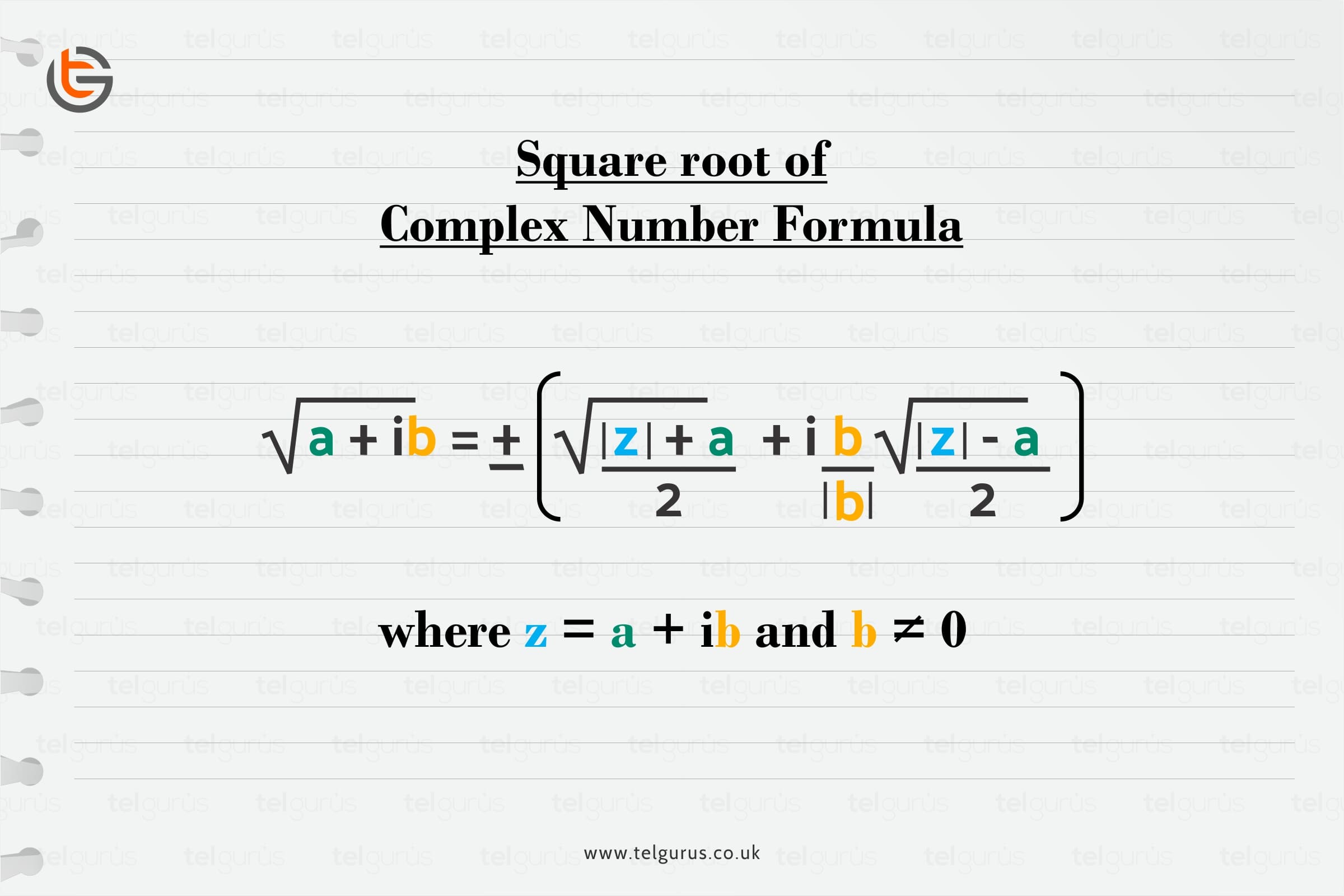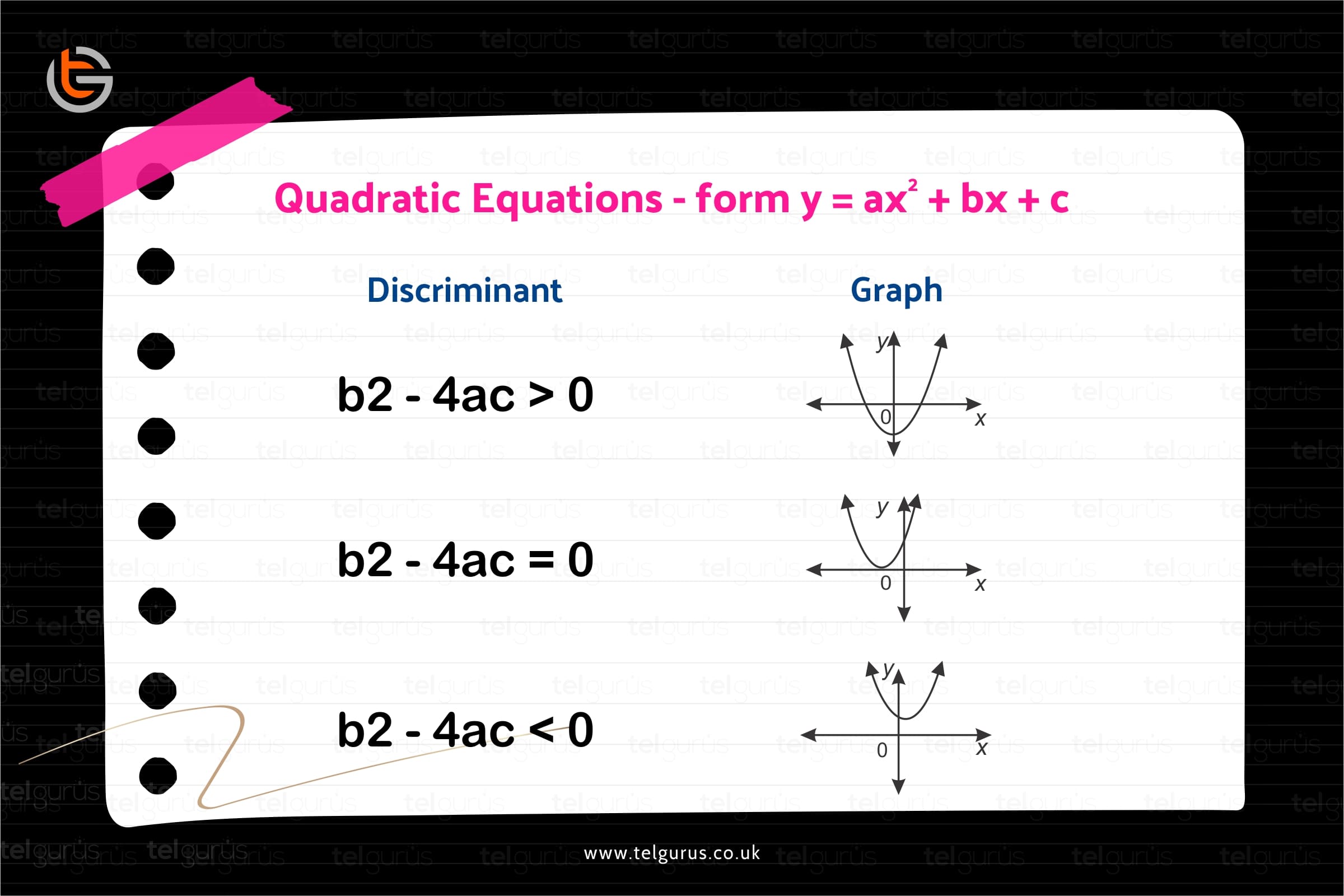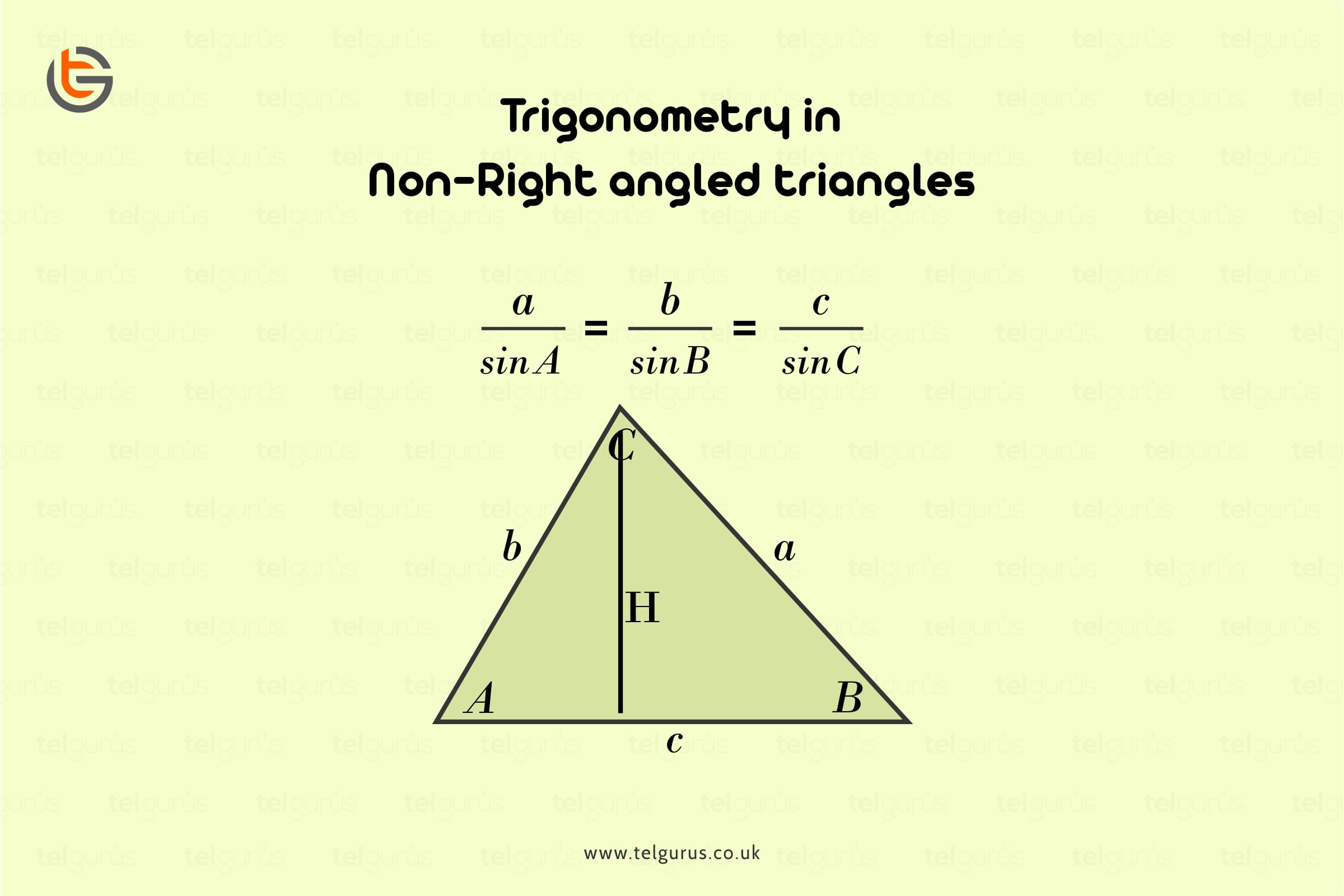Enrich your knowledge with our informative blogs
How do you find the square roots of a complex number?

Before finding the square root of a complex number we must know what complex numbers are.
A complex number is the sum of a real number and an imaginary number.
It is written generally in the form of a + ib and it is represented by alphabet z.
Here, both a and b are real numbers. The value ‘a’ is called the real part and is denoted by Re ( z ).
The imaginary part is denoted by b and is represented as Im ( z ).
The alphabet ‘i’ is known as iota and represents the imaginary part of the complex number.
Further iota is very helpful to find the square root of negative numbers.
- \displaystyle i=\sqrt{{-1}}~~
- \displaystyle {{i}^{2}}=~-1~~
- \displaystyle {{i}^{3}}=i.{{i}^{2}}\Rightarrow i(~-1)=-i~~
And so on.
The modulus of the complex number is the distance of the complex number represented as a point in the plane (a, ib).
Here are some important points regarding complex numbers.
- All real numbers are complex numbers but the vice versa is not true.
- All imaginary numbers are complex numbers but vice versa needn’t need to be true.
- The conjugate of a complex number z = a + ib is z = a – ib
- The magnitude of a complex number z = a + ib is | z | = \displaystyle \sqrt{{{{a}^{2}}+{{b}^{2}}}}~~
Now, let’s discuss how can we find the square root of a complex number?
So, given below are some steps which we have to follow to find the square root of a complex number.
Firstly , suppose x + iy be the square root of the complex number a + ib . Then we can say,
x + iy = √ ( a + ib)
as we have supposed x + iy be the square root of a + ib
Now squaring both sides we get ,
\displaystyle {{(x+iy)}^{2}}=a+ib\displaystyle {{x}^{2}}+{{(iy)}^{2}}+2(x)(iy)=a+ib
Putting the value of \displaystyle {{i}^{2}}=-1
\displaystyle {{x}^{2}}-{{y}^{2}}+i(2xy)=a+ib
Now, equating real and imaginary parts, we get:
\displaystyle {{x}^{2}}-{{y}^{2}}=a and 2xy = b
Now \displaystyle {{({{x}^{2}}+{{y}^{2}})}^{2}}={{({{x}^{2}}-{{y}^{2}})}^{2}}+4{{x}^{2}}{{y}^{2}}
= \displaystyle {{a}^{2}}+{{b}^{2}}
Now we have \displaystyle ({{x}^{2}}+{{y}^{2}})=\sqrt{{({{a}^{2}}+{{b}^{2}})}} ………………. ( 1 )
Also , \displaystyle {{x}^{2}}-{{y}^{2}}=a ………………………………. ( 2 )
Adding equation ( 1 ) and equation ( 2 ) we get ,
\displaystyle {{x}^{2}}=1/2(\sqrt{{({{a}^{2}}+{{b}^{2}}}})+a)=h ( say )
Now , subtracting equation ( 2 ) from equation ( 1 ) we get ,
\displaystyle {{y}^{2}}=1/2(\sqrt{{({{a}^{2}}+{{b}^{2}}}})-a)=k ( say )
Thus,
x = √ h , – √ h and y = √ k , – √ k
In this way we can find the square roots of a complex number.
Read More – Mathematics Questions
View More – Useful links for Your Child’s Development

Unleash the Power of visualization to break tough concepts
Wanna be the next Maths wizard? Discover the new way of learning concepts with real-life Visualization techniques and instant doubt resolutions.
Categories
Recent Posts
- List of the qualities you should look for in your tutors?
- What is the most useful formulas in math?
- Describe the process of eating to defecation of food?
- Difference between the natural and artificial active response by the immunology system.
- Explain the different circle theorems
- How are nerve cells adapted to their function?










